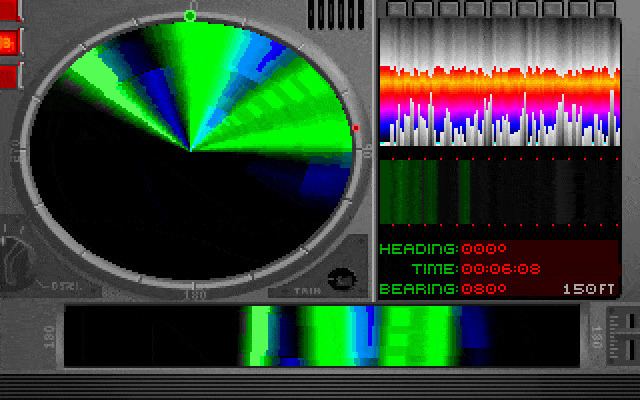9.2 /10 1 Votes9.2
Initial release date 1994 Genre Submarine simulator | 4.6/5 My Abandonware Mode Single-player video game | |||||||||||||||||||||||||||||||||
 | ||||||||||||||||||||||||||||||||||
Similar Submarine simulator games, Other games | ||||||||||||||||||||||||||||||||||
Ssn 21 seawolf gameplay pc game 1994
SSN-21 Seawolf is a submarine simulator game designed by John W. Ratcliff and published for MS-DOS systems by Electronic Arts in 1994.
The player takes command of a US Seawolf-class submarine and fights in 33 missions with targets under and above water including Russian attack subs, destroyers, missile cruisers, aircraft carriers and frigates.
The game is a sequel to Electronic Arts' 688 Attack Sub, and has a similar mission structure and variety. Missions might require the player to defend friendly surface ships from attack, or sink those of the enemy. Other missions have their focus entirely underwater, with the player similarly either defending friendly submarines or hunting enemy missile and attack boats. While missions in Seawolf are pre-scripted, there are a number of initial setups which provides some variation in a mission's precise starting conditions.
The game's opponents include the Soviet Alfa-class submarine, and Akula-class submarine nuclear-powered attack submarines, which often guard Typhoon-class submarine or Delta-class submarine ballistic missile submarines. Some missions may pit the player against the very quiet Kilo-class submarine diesel-electric submarine.
Seawolf models the ocean environment, including thermal layers which can be used to deflect enemy sonar and hide the player's submarine. Sonar plays a central role in the game, and the player has access to the submarine's spectrographic 'waterfall' display which is used to detect and classify contacts. Additionally, the game includes marine life, such as whales and schools of fish, that could generate noise or reflect active sonar and create additional contacts.
Like its predecessor, Seawolf allows two players, on different PCs, to play each other via a modem, or null-modem cable, and adds the option of using an IPX local network which can provide a more reliable connection.
